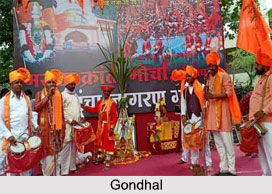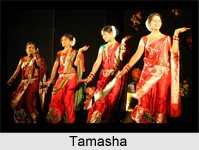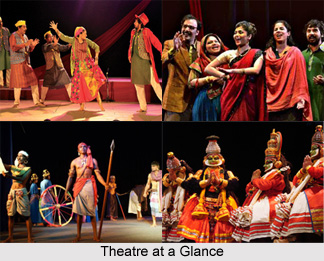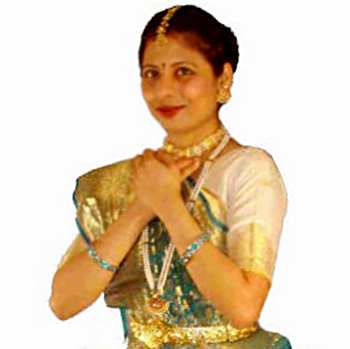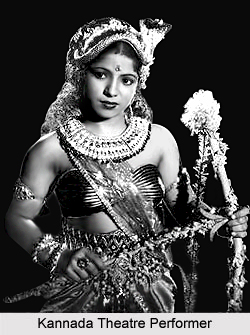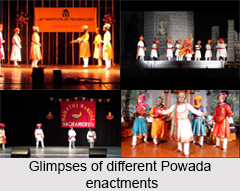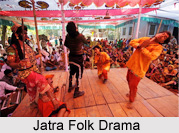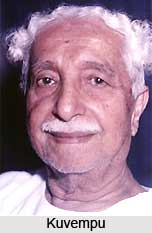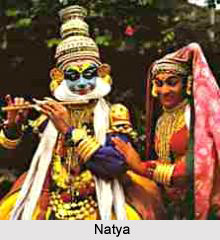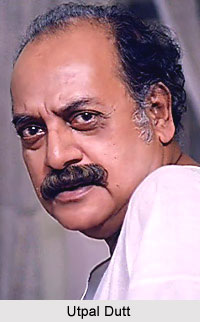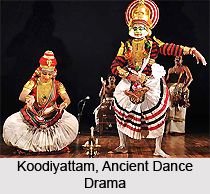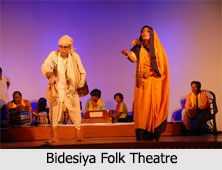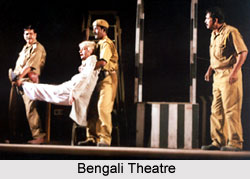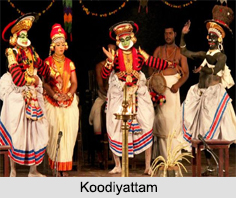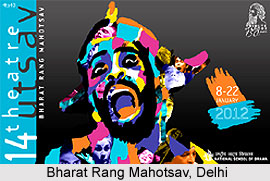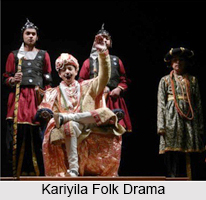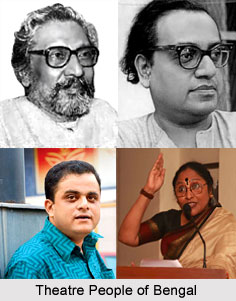Bhaurao Lakshman Bapuji Kolhatkar is a prominent personality of Marathi theatre. He was affectionately known as `Bhavdya` or `buddy`. Born in Vadodara, Gujarat in 1863, he received sufficient education to fetch him a clerk`s job in the police superintendent`s office. His handsome features and melodious voice facilitated his entry into the Kirloskar Natak Mandali in 1882. He won immense popularity by creating Kirloskar`s heroines Subhadra in Saubhadra i.e. `Of Subhadra`` in 1882 and Manthara in Ramarajya viyoga i.e. `Rama Giving up His Kingdom` in 1884. Later, he acted various men such as Pundarik in Deval`s Shapa sambhram i.e. `Confusion of the Curse` in 1893, Charudatta in Deval`s version of Sudraka`s Mricchakatika in 1887, Shurasen in S. K. Kolhatkar`s Viratanaya i.e. `Hero`s Son` in 1896, and Kodanda in Deval`s Sharada in 1899. He added a new dimension to Marathi theatre by helping cultivate an awareness of voice culture, and had the rare ability of perfectly blending prose dialogues with songs to reinforce dramatic intensity. After Kirloskar`s death, he became a partner in the Mandali, developed the Sangitnatak tradition, and is credited with reaching it to the common people. Bhaurao Lakshman Bapuji Kolhatkar died in 1901.
This article is a stub. You can enrich by adding more information to it. Send your Write Up to content@indianetzone.com
